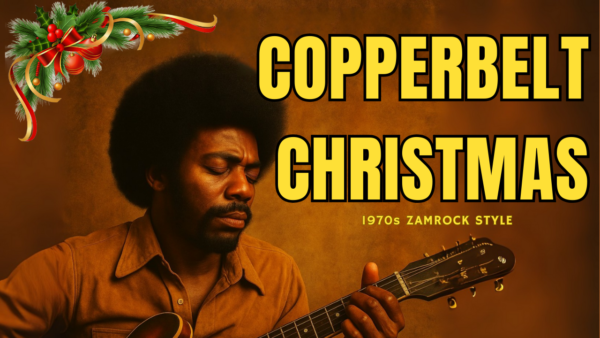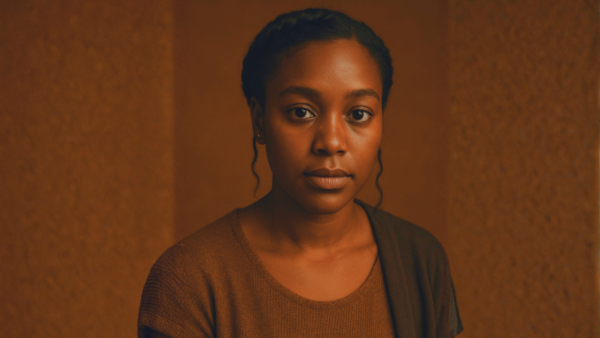About TREVOR BAYLIS, the inventor of the windup technology
Source: http://windupradio.com/trevor.htm
Trevor G. Baylis was born in Kilburn, London, in 1937 and spent his boyhood in Southall near London. Trevor was always an avid swimmer and by the age of 15 Trevor was swimming competitively for Britain. At 16 he joined the Soil Mechanics Laboratory in Southall and began studying mechanical and structural engineering at the local technical college.
 At 20 years of age he began his National Service as a physical training instructor, and he swam competitively for the Army and Imperial Services. Upon leaving the army in 1961, Trevor joined Purley Pools as a salesman. He quickly advanced in this firm and was soon involved in research and development. He went on to start his own successful swimming pool company. His love of swimming led led Trevor to work as a stuntman on various television shows performing escape feats underwater. Trevor’s house even has an indoor swimming pool where he can relax. His other passion has been inventing, especially inventing products that might help the physically handicapped. Another part of his house has a fully equipped workshop.
At 20 years of age he began his National Service as a physical training instructor, and he swam competitively for the Army and Imperial Services. Upon leaving the army in 1961, Trevor joined Purley Pools as a salesman. He quickly advanced in this firm and was soon involved in research and development. He went on to start his own successful swimming pool company. His love of swimming led led Trevor to work as a stuntman on various television shows performing escape feats underwater. Trevor’s house even has an indoor swimming pool where he can relax. His other passion has been inventing, especially inventing products that might help the physically handicapped. Another part of his house has a fully equipped workshop.
 In 1993, Trevor watched a program about the spread of AIDS in Africa, which observed that in many regions radio was the only available means of communication, but the need for batteries or electricity made them too expensive or too difficult to access. There was a need for an educational tool that did not rely on electricity.
In 1993, Trevor watched a program about the spread of AIDS in Africa, which observed that in many regions radio was the only available means of communication, but the need for batteries or electricity made them too expensive or too difficult to access. There was a need for an educational tool that did not rely on electricity.
Trevor picked up on the word ‘need’. Need is the catalyst for an inventor’s ‘raison d’être’ and Trevor rose to the occasion. In his workshop at home he experimented with a hand brace, an electric motor and a small radio. He found that the brace turning a the motor would act as a generator that would supply sufficient electricity to power the radio. The addition of a clockwork mechanism meant that a spring could be wound up and that as the spring unwound the radio would play. His first working prototype ran for 14 minutes on a two minute wind. Trevor had invented a clockwork (windup) radio!
 Trevor attempted to promote his invention, but manufacturers were not convinced of its commercial value. After many rejections Trevor got lucky. In April 1994 Trevor’s’ invention was featured on on the BBC program ‘Tomorrow’s World’. The product’s potential was immediately recognized by corporate accountant Christopher Staines and South African entrepreneur Rory Stear. In South Africa, the details of the invention were broadcast over a Johannesburg radio station. Hylton Appelbaum, head of The Liberty Life Group, heard the broadcast and was immediately impressed by the relevance the Freeplay technology had to South Africa, a country where the vast majority of people are rural, poor, and do not have access to electricity. With funding from The Liberty Group, Staines and Stear in 1995, set up BayGen Power Industries in Cape Town. Next, the possibility of having disabled people do the radio assembly was considered. Dr. William Rowland, President of Disabled People South Africa endorsed the idea. Liberty Life provided the funding to begin production, in conjunction with a group of organizations for the disabled, who became business partners in the venture. Technical development was provided by the Bristol University Electronics Engineering Department. Shortly thereafter production of the radio began in Cape Town by BayGen Products PTY South Africa.
Trevor attempted to promote his invention, but manufacturers were not convinced of its commercial value. After many rejections Trevor got lucky. In April 1994 Trevor’s’ invention was featured on on the BBC program ‘Tomorrow’s World’. The product’s potential was immediately recognized by corporate accountant Christopher Staines and South African entrepreneur Rory Stear. In South Africa, the details of the invention were broadcast over a Johannesburg radio station. Hylton Appelbaum, head of The Liberty Life Group, heard the broadcast and was immediately impressed by the relevance the Freeplay technology had to South Africa, a country where the vast majority of people are rural, poor, and do not have access to electricity. With funding from The Liberty Group, Staines and Stear in 1995, set up BayGen Power Industries in Cape Town. Next, the possibility of having disabled people do the radio assembly was considered. Dr. William Rowland, President of Disabled People South Africa endorsed the idea. Liberty Life provided the funding to begin production, in conjunction with a group of organizations for the disabled, who became business partners in the venture. Technical development was provided by the Bristol University Electronics Engineering Department. Shortly thereafter production of the radio began in Cape Town by BayGen Products PTY South Africa.
The BBC program ‘QED’ filmed and broadcast an award winning documentary about Trevor’s development of the radio.
In June of 1996 the Freeplay radio was awarded the BBC Design Award for Best Product and Best Design. Trevor Baylis met Queen Elizabeth and Nelson Mandela at a state banquet and went to South Africa with the Dutch Television Service for a program that documented his life. He took part in the BBC’s update of the ‘QED’ program “The Clockwork Radio” which was broadcast in September 1996.
 In 1997, the new generation Freeplay Radio 2 rolled off the production line in South Africa. Smaller and lighter than the original model, the new radio had been designed specially for the Western consumer market and would run for up to an hour with a thirty second wind. Trevor participated in the Sky TV program ‘Beyond 2000’ featuring his inventions. He was awarded the President’s Medal by the Institute of Mechanical Engineers and addressed the Conference of Commonwealth Ministers in Botswana for the British Council. In October, Trevor was awarded the OBE by The Princess Royal at Buckingham Palace, and was featured in an edition of “This Is Your Life”.
In 1997, the new generation Freeplay Radio 2 rolled off the production line in South Africa. Smaller and lighter than the original model, the new radio had been designed specially for the Western consumer market and would run for up to an hour with a thirty second wind. Trevor participated in the Sky TV program ‘Beyond 2000’ featuring his inventions. He was awarded the President’s Medal by the Institute of Mechanical Engineers and addressed the Conference of Commonwealth Ministers in Botswana for the British Council. In October, Trevor was awarded the OBE by The Princess Royal at Buckingham Palace, and was featured in an edition of “This Is Your Life”.
Trevor continues his tireless work to promote the concept of ‘personal power’, as well as his campaign to establish a Royal Academy of Inventors.
Trevor Baylis the inventor of the Baygen Freeplay Radios and Flashlights.


